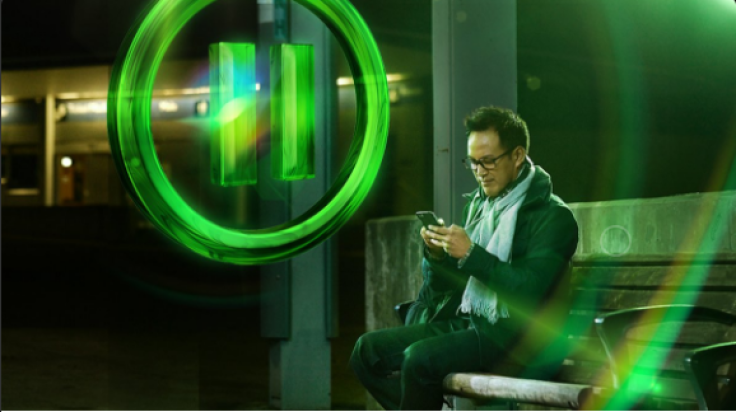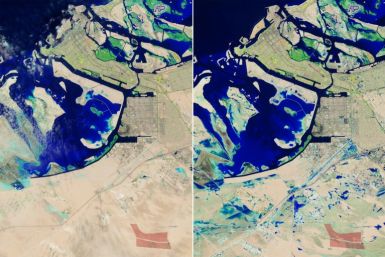Census 2016: Bureau of Statistics use smartphones, tablets for field visits

The Australian Bureau of Statistics has allowed its census field collectors to use their iOS and Android smartphones or tablets during visits to households that have failed to complete their census information online.
Instead of carrying bulky bound books, census field collectors were trained to operate the iOS and Android applications that give them access to the ABS census system, according to census chief Duncan Young.
“(The application) is basically a secure container on their device that everything rests within, so it has some requirements around the device having the right level of security, the right locking on the device, and the right versions of operating system — that sort of thing,” he said.
As of press time, there are still 3.5 million households that are yet to take part in the 2016 Census of Population and Housing. The government’s transition to digital census has been the subject of criticism in social media when the ABS online census website was hacked on the Aug. 9 deadline. (Click here for more detailed story)
Due to the incident, the government has decided to withdraw the fines imposed to late registrants, $180 per day beyond the Aug. 9 deadline. Citizens have until Sept. 23 to submit their census information online or in paper form.
If you haven’t completed the Census, there’s still time. Look out for your Census Field Officer or reminder letter. pic.twitter.com/vginos5kwl
— Census Australia (@ABSCensus) August 19, 2016
Census field officer visits have commenced Aug. 26. The census field collectors, Young said, will wear photo identity cards and carry unique yellow satchels to separate them from the bogus census collectors.
The census chief assured the public of the strict security hurdles that the census field collectors have underwent before gaining access to the ABS census system. He said the staff were also subject to police and reference checks apart from the online and face-to-face training to establish their credibility and capability to conduct field surveying.
The last Census of Population and Housing was conducted in 2012 and it cost $440 million to conduct. It captured 98.3 percent of the population. The 2016 census was digitized in order to save at least $100 million.
The digital field visits are aimed at matching the 98.3 percent participation rate in 2011. Census field officers have visited at least 850,000 homes as of Friday, according to Young.






